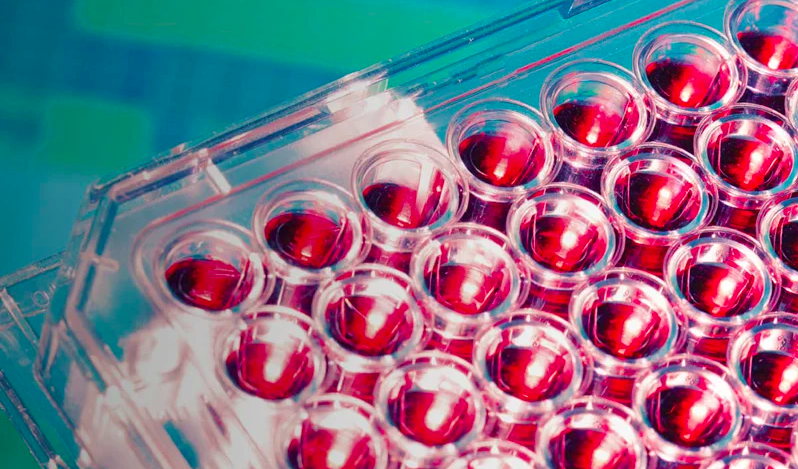Sexual Health | Genital ulcer disease | Genital ulceration: causes and investigation



Genital ulceration: causes and investigation
Session overview
Description
This session will cover the causes and standard investigation of genital ulceration in sexually active adults in the UK.
Learning objectives
By the end of this session you will be able to:
- describe the differential diagnosis of genital ulceration when presenting in a sexually active adult in the UK
- describe the common associated features that these clinical conditions may present with
- describe the frequency of mixed or atypical presentations of sexually transmitted infections (STIs) that may cause genital ulceration
- list the important investigations that will be necessary to exclude common and important genital pathogens
- list the necessary diagnostic tests to diagnose syphilis and genital herpes
- briefly describe the situations in which lymphogranuloma venereum (LGV), chancroid and donovanosis (granuloma inguinale) may be considered and how these should be diagnosed or excluded
- list the important non-infective dermatological causes of genital ulceration
Prerequisites
Before commencing this session you should complete sessions:
- Module 1/Sexual history (260-0004)
- Module 1/Male genital examination (260-0009)
- Module 1/Female genital examination (260-0010)
- Module 4/Early infectious syphilis (260-0052)
- Module 4/Genital herpes infections: natural history and complications (260-0059)
- Module 4/Genital herpes: virology and pathogenesis (260-0060)
This session covers the causes and standard investigation of genital ulceration in sexually active adults in the UK.
It starts by describing the range of conditions that may cause this problem and a brief description of the related clinical findings.
It then offers a list of important STIs to exclude and the common dermatological conditions to consider. It briefly takes you through a system of investigation to find and exclude important conditions. It will examine the:
- range of pathologies that can cause genital ulceration
- common STI causes
- rarer but important STI causes
- clinical features of STIs
- investigation of genital ulceration
- clinical features of genital ulceration
- typical investigation schedules to diagnose and exclude STIs
- Anaesthesia Fundamentals | Physiology | Materno-fe...
- Posted By eIntegrity Healthcare e-Learning
- Posted Date: 2024-11-13
- Location:Online
- This session will explain fetal circulation and the changes which occur at birth.
- Anaesthesia Fundamentals | Physiology | Functions ...
- Posted By eIntegrity Healthcare e-Learning
- Posted Date: 2024-11-13
- Location:Online
- This session will explore the functions of the placenta and will provide the necessary understanding for a doctor starting in obstetric anaesthesia.
- Anaesthesia Fundamentals | Physiology | Physiology...
- Posted By eIntegrity Healthcare e-Learning
- Posted Date: 2024-11-13
- Location:Online
- This session will explore the changes in gastrointestinal, central nervous system, endocrine, renal and musculoskeletal physiology providing the necessary understanding for a doctor starting in obstetric anaesthesia.
- Anaesthesia Fundamentals | Physiology | Physiology...
- Posted By eIntegrity Healthcare e-Learning
- Posted Date: 2024-11-13
- Location:Online
- This session will explore the changes in cardiovascular, haematological and respiratory physiology during pregnancy and labour, providing the necessary knowledge for a doctor starting out in obstetric anaesthesia.
- Anaesthesia Fundamentals | Physiology | Thyroid an...
- Posted By eIntegrity Healthcare e-Learning
- Posted Date: 2024-11-13
- Location:Online
- This session is split into two sections. The first outlines the physiology of the thyroid gland and homeostatic control of thyroid hormone secretion. The second describes and explains the body’s mechanisms for controlling plasma calcium concentrati

